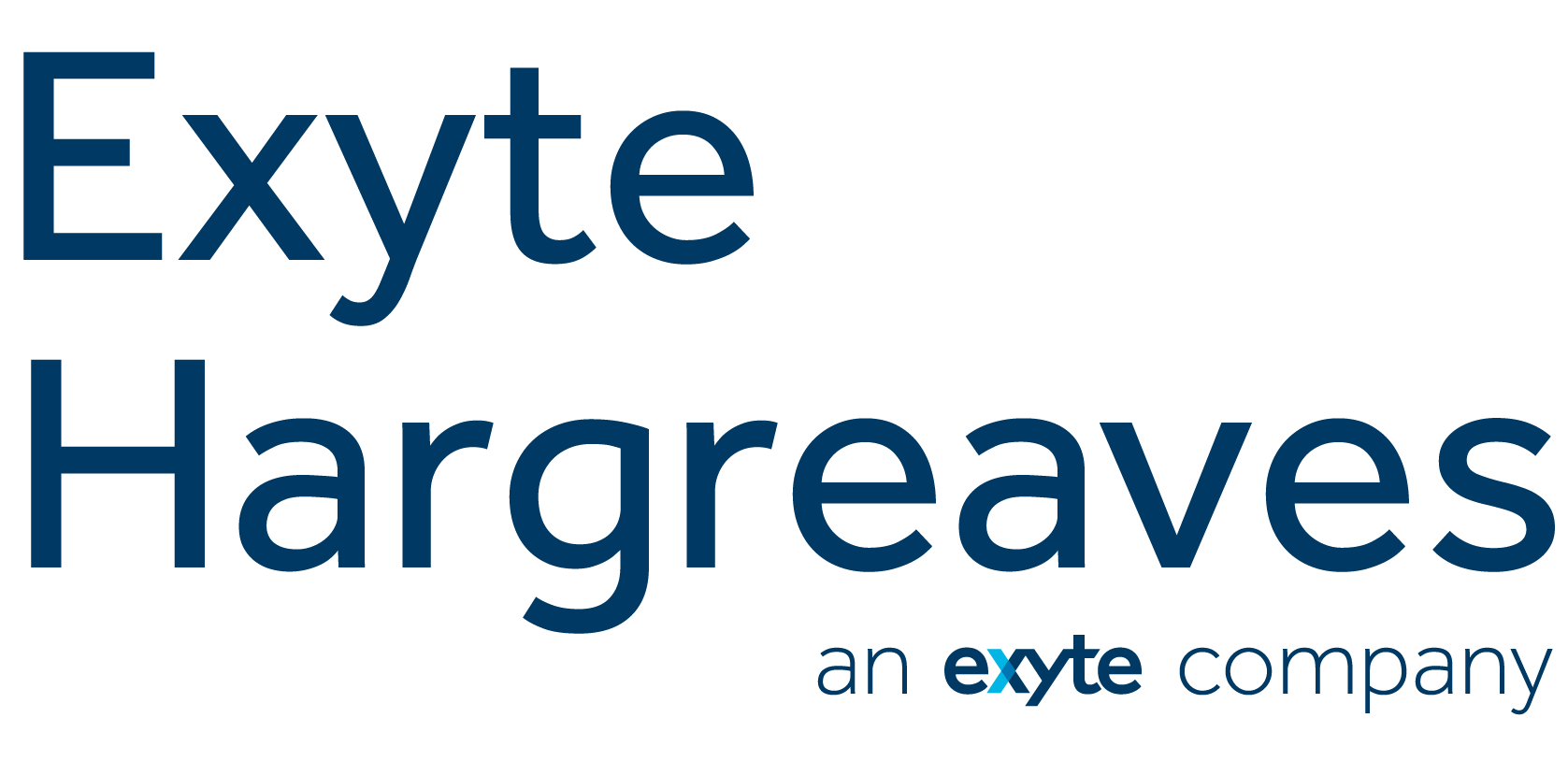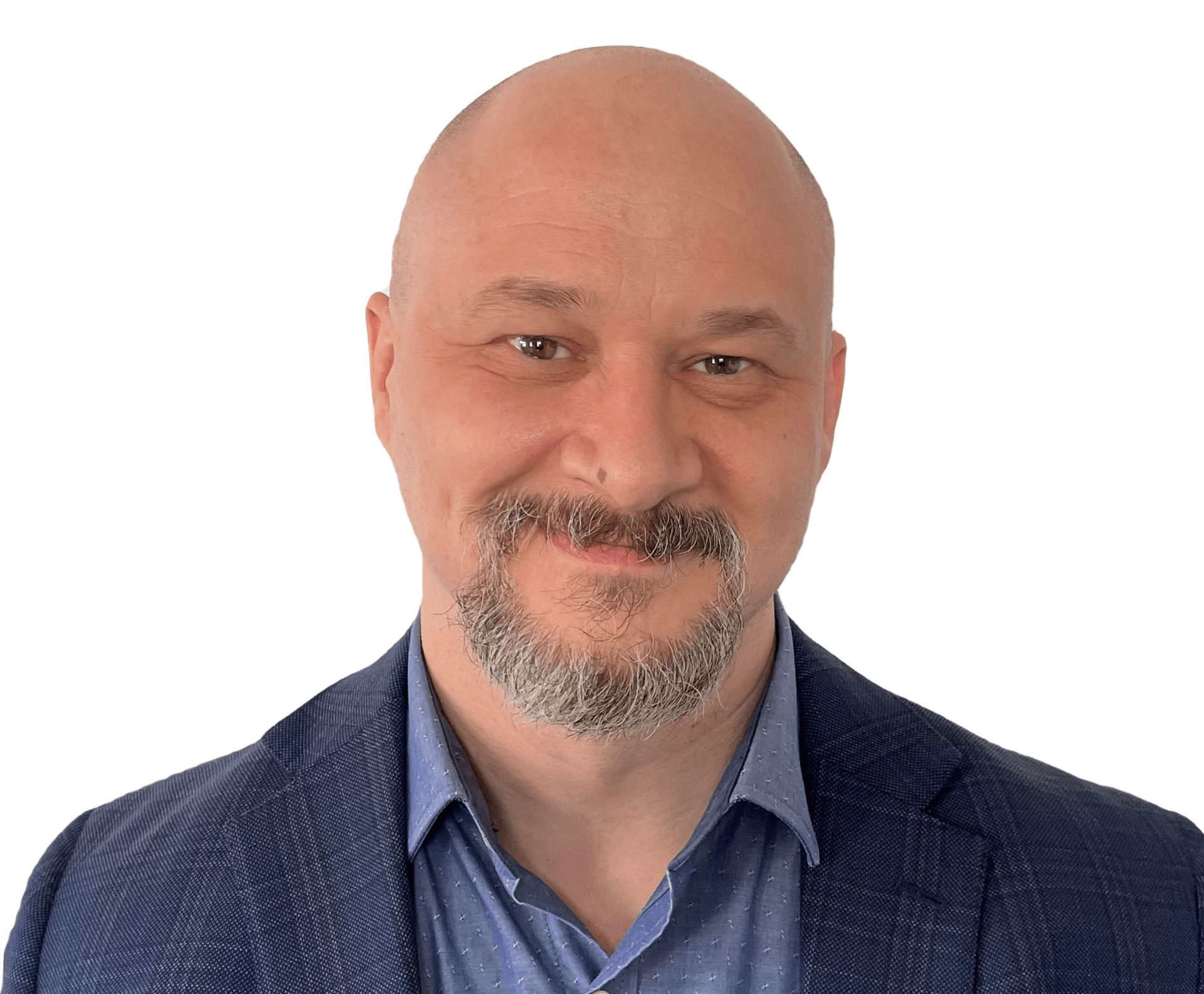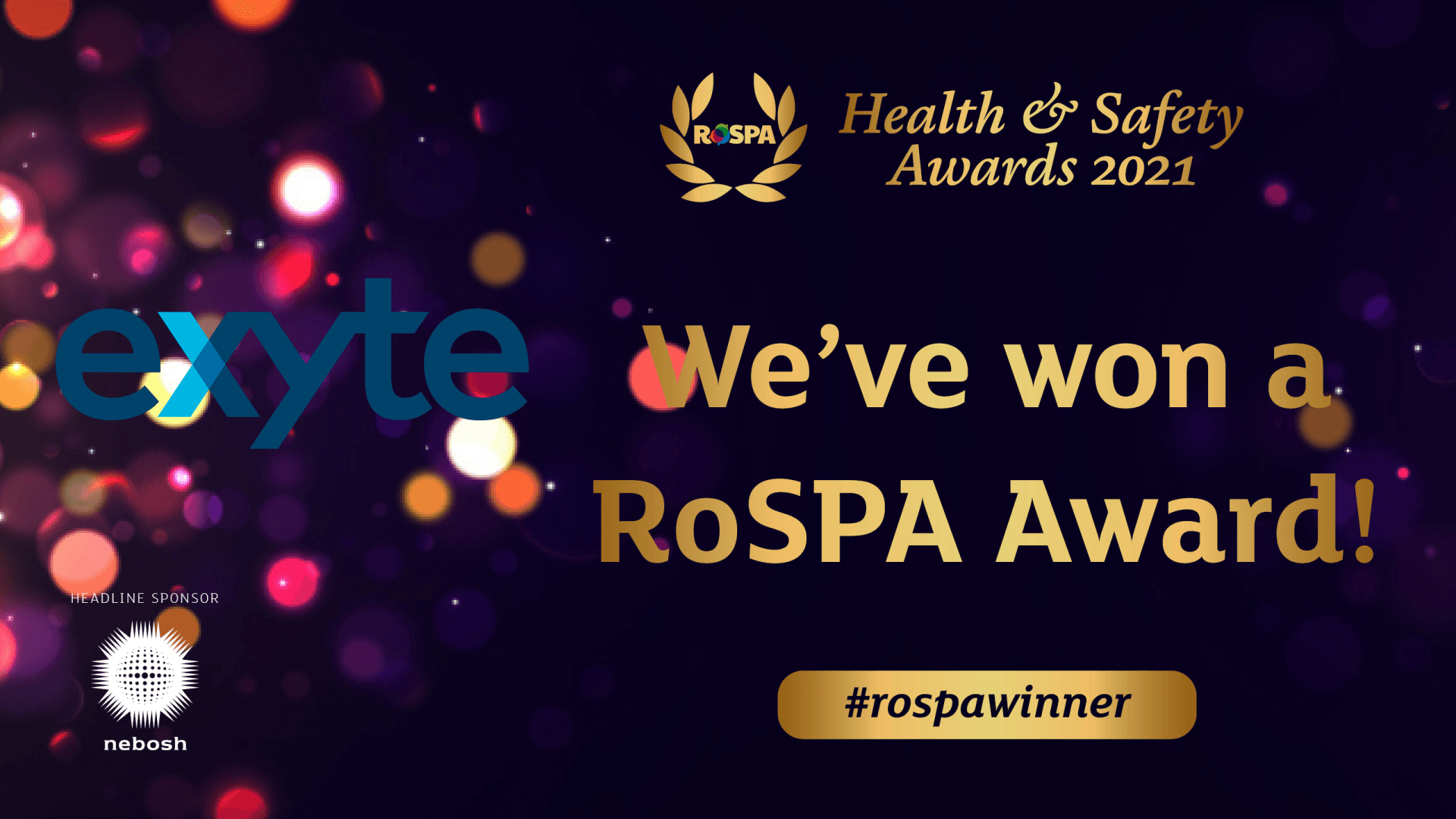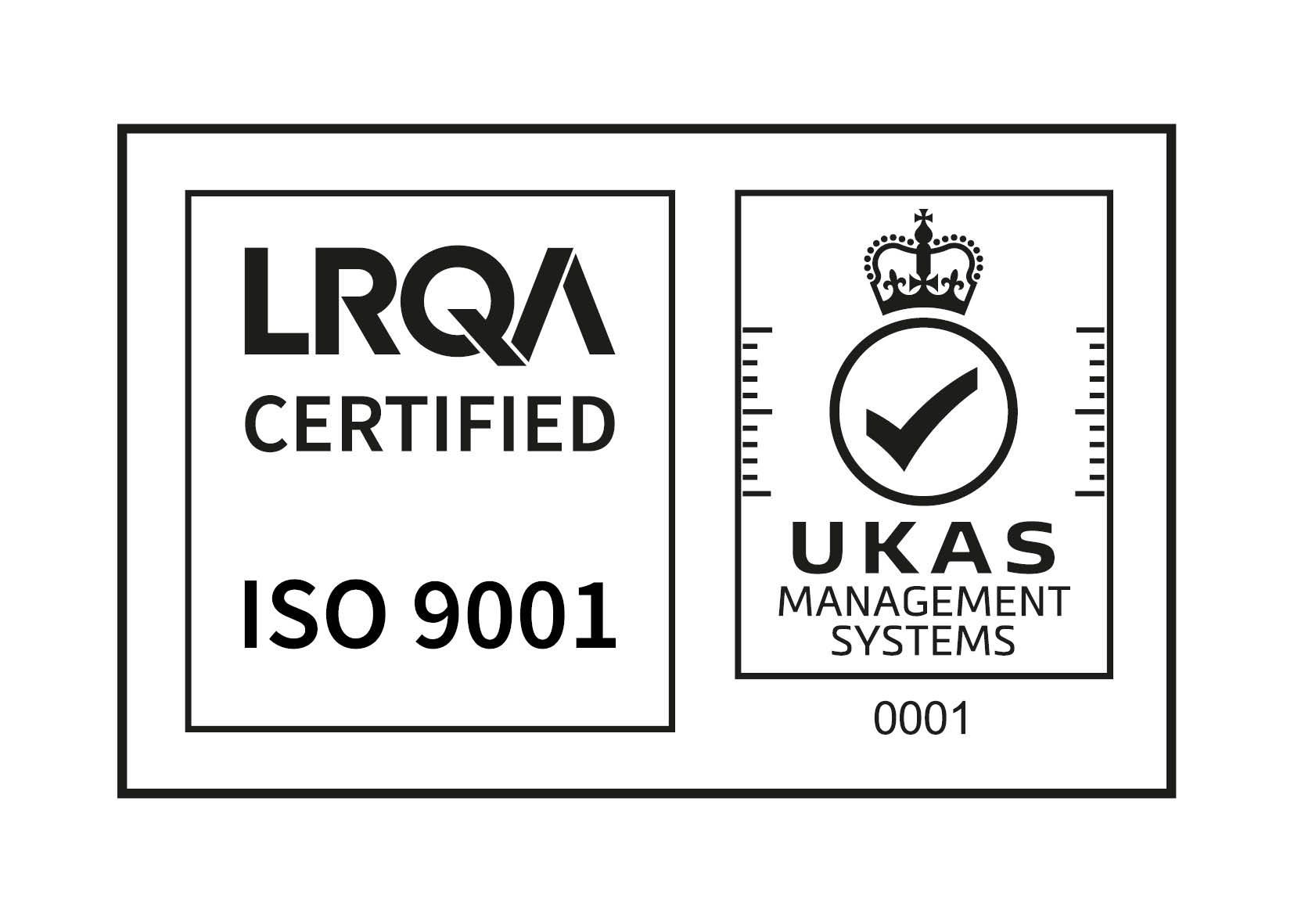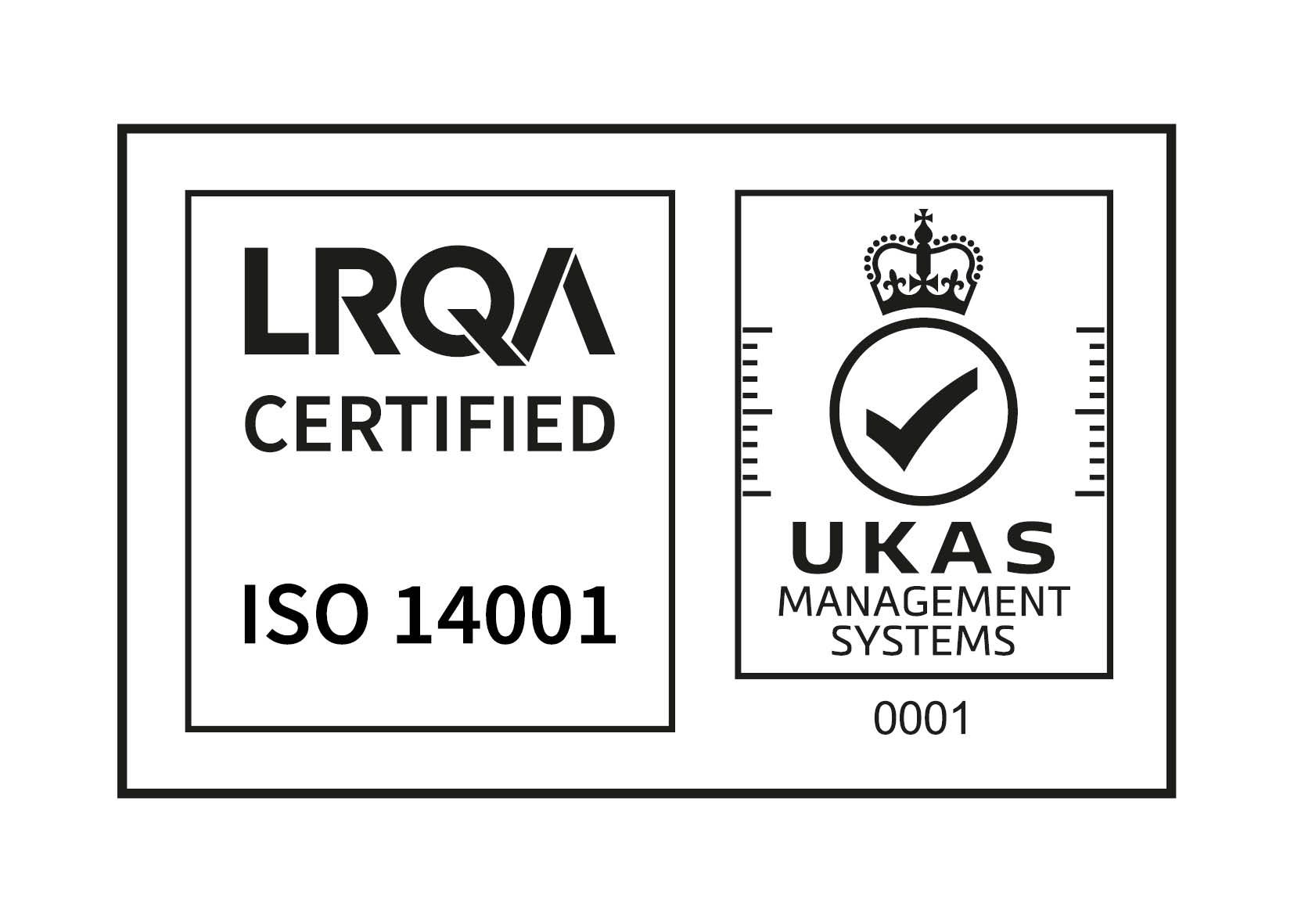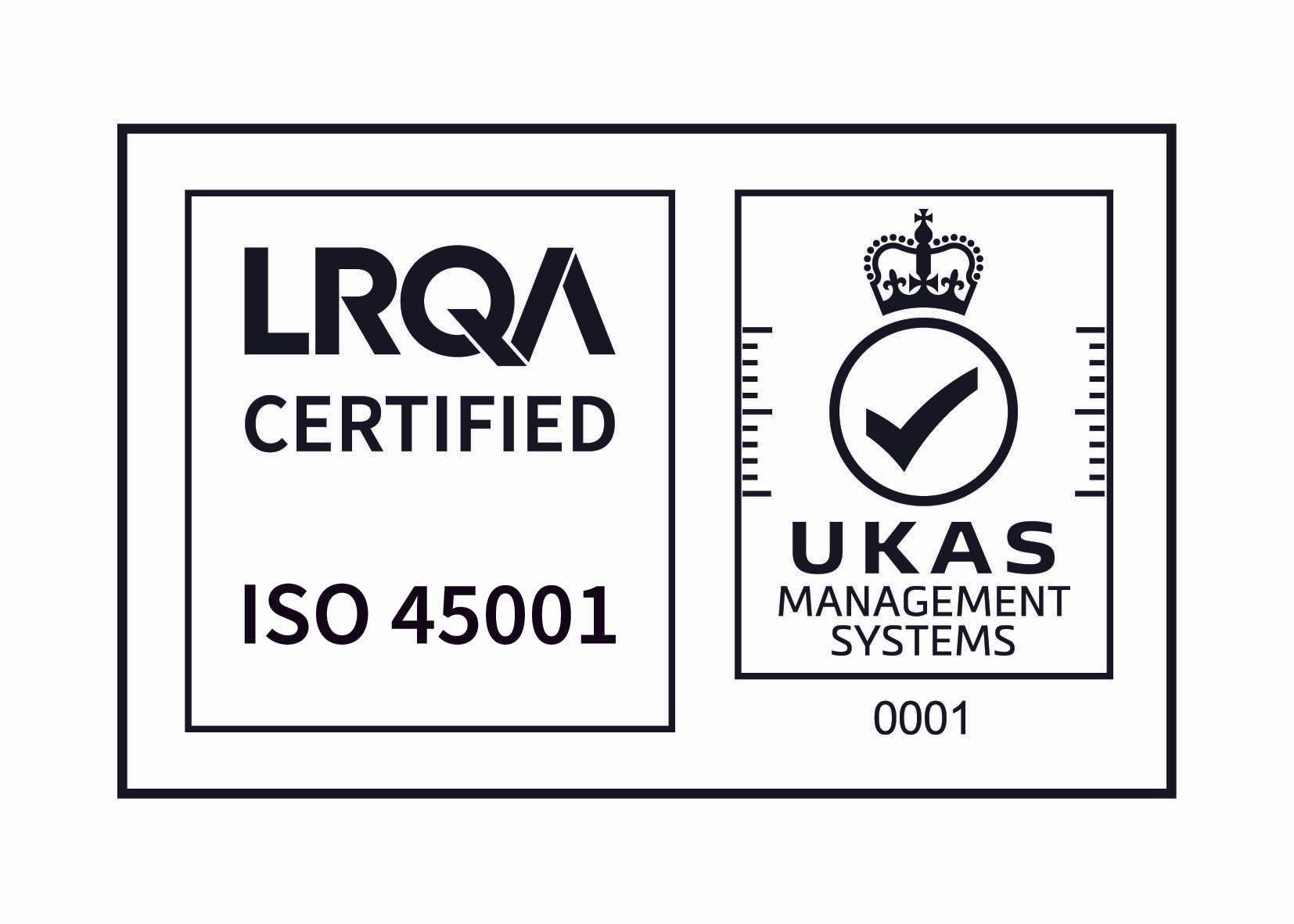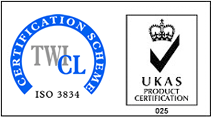Influential Black Engineers
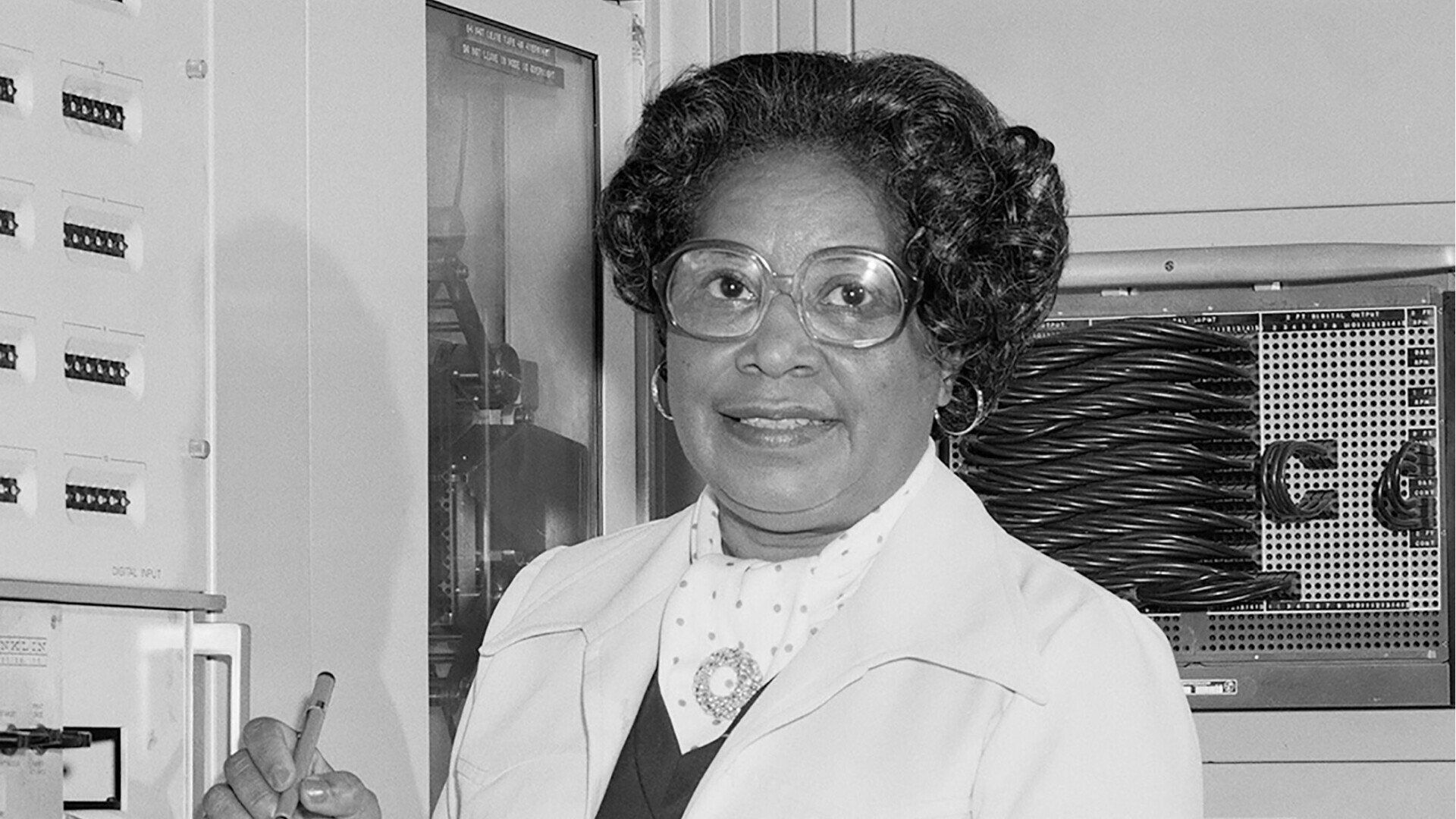
Mary Jackson
Mary Jackson was an American mathematician and aerospace engineer who became NASA’s first black female engineer in 1958. Along with mathematicians Katherine Johnson and Dorothy Vaughan she helped NASA send the first American to space.
She began her career at the segregated West Area Computing Unit at The National Committee for Astrounauts (NACA)in 1951. During her time at NACA, Mary was part of a small group of women known as ‘human computers’ who provided vital data that essential to the early success of the US Space Programme.
Two years later, she received an offer from engineer Kazimierz Czarnecki, conducting experiments in a 4 foot by 4 foot Supersonic Pressure Tunnel. Later, he encouraged her to enter a training programme that would enable her to earn a promotion from mathematician to engineer and in 1958 became NASA’s first black engineer.
Mary enjoyed a career for 20 years with much of her work focused on the airflow around aircraft and had earned the most senior position available, however, became frustrated at being unable to break the glass ceiling into management positions. In 1979, she left engineering and took a demotion to become manager of Langley’s Federal Women’s Program where she made a great impact in ensuring equal opportunities for women at NASA.
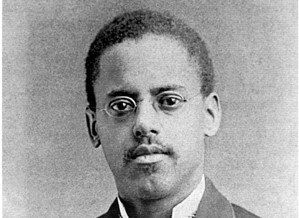
Lewis Latimer
Lewis Latimer was a African American inventor, electrical pioneer and patent draftsman who was best known for his contributions to the patenting the telephone and improvement to the performance and life span of Thomas Edison's light bulb, which burned out too quickly.
Lewis served in the United States Union Navy during the civil war assigned to the U.S.S. Massasoit gunboat and received an honorable discharge on July 3, 1865. After his discharge from the Union Navy, Lewis joined a patent law firm as an office boy where he taught himself mechanical drawing and drafting from observing the draftsman at the firm. Recognising his talent and potential, partners at the firm promoted him to journey draftsman then head draftsman.
In 1874, whilst still working at the firm, Lewis’s attentions turned to inventing and along with W.C.Brown, co-invented an improved train water closet for railroad cars.
Working with Alexander Graham Bell 1876, Lewis drafted the drawings for filing the patent of the telephone.
In 1880, he went to work for the U.S. Electric Lighting Company owned by Harim Maxim where he and a co-worker improved the performance of the light bulb by devising a carbon filament which increased the life span of it significantly.
In 1884, he went to work for the Edison Electric Company as a chief draftsman, engineer, patent specialist, and expert witness of the Board of Patent Control. In 1990 he co-authored the first book on electric lighting ‘Incandescent Electric Lighting: A Practical Description of the Edison System,’ which was published in 1890.
In 1918 he became a member of the Edison Pioneers, a small group of inventors who worked closely with Thomas Edison and continued devising ways of improving everyday living for the public.
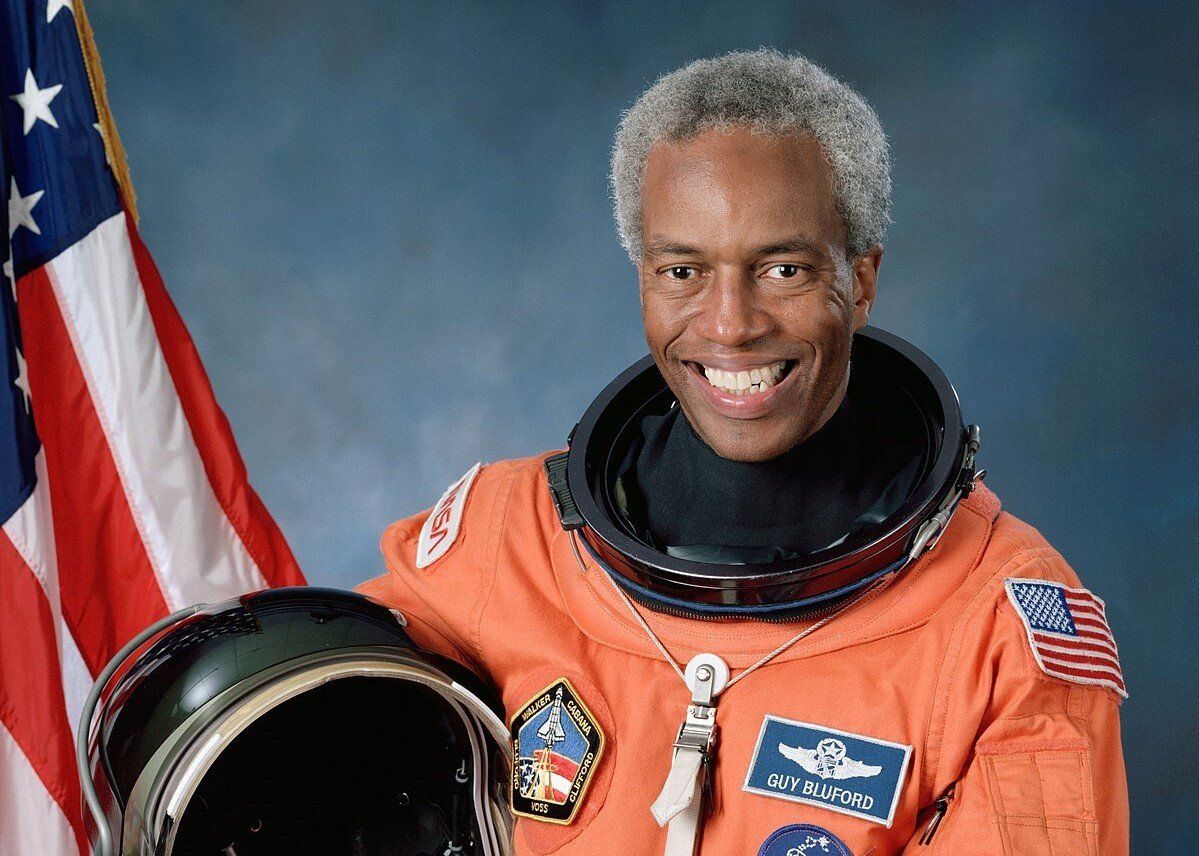
Guion Bluford
Guion Bluford Jr is an American aerospace engineer, retired U.S. Air Force officer and fighter pilot, and former NASA astronaut, who became the first African American to travel to space in 1983.
He graduated from Pennsylvania State University in 1964 with a degree in aerospace engineering joining the air force where he trained to become a combat pilot in Williams Air Force Base where he flew 144 combat missions in the Vietnam war.
After his return from Vietnam, Guion served as an instructor pilot, assistant flight commander and evaluation officer before pursuing and receiving a masters then Ph.D degree in both in aerospace engineering from 1972 – 1978.
In 1978, he was one of the 35 individuals selected from 10,000 applicants to NASA’s astronaut programme to join the space shuttle team.
On 30th August 1983, Guion made history as the first African American to travel to space as a specialist for mission STS-8 aboard the space shuttle Challenger. The crew deployed an Indian Communication Satellite INSAT-1B and tested a robotic arm amongst other scientific experiments before retuning to earth on September 5th.
He participated in three further space missions from 1985 – 1992 on STS-61-A, STS-39 and STS-53 as a mission specialist and has spent a total of 28 days in space.

Walter Braithwaite
Walter Braithwaite is a Jamaica born American engineer who played a significant role in the introduction and use of CAD/CAM and IGES technology.
Walter decided early on as a child that he wanted to work in engineering and whilst working as an apprentice in a maritime marine shop, took a correspondence course in diesel engineering. During his teenage years, his family moved to England where he pursued a certificate in mechanical engineering which he completed in Chicago. He continued his studies at the American Institute of Engineering and Technology, in Chicago and graduating with a bachelors degree.in engineering in 1965. Whilst working as a Boeing Sloan fellow, Walter gained two masters degrees, one in Computer Science in 1975 and one in Industrial Management in 1981.
He joined Boeing’s Fabrication Division in 1966 as a tool engineer and by 1975 had progressed to senior engineer responsible for developing the use of computer technology using Computer Assisted Design / Manufacturing (CAD/CAM) in the development of Boeing’s commercial airliners. During this time he led teams to be able to design and digitally manufacture airplanes, moving away from the time consuming and expensive manual drafting method.
In 1991, he was appointed as Vice President of Boeing, responsible for information and architecture which later was expanded to all information systems activities within the commercial airplane group. In 2000 Braithwaite was named President of the newly created Boeing Africa based in Accra, Ghana and Johannesburg, South Africa. At the time of his retirement, 36 year later, he was the highest ranking black employees at Boeing.
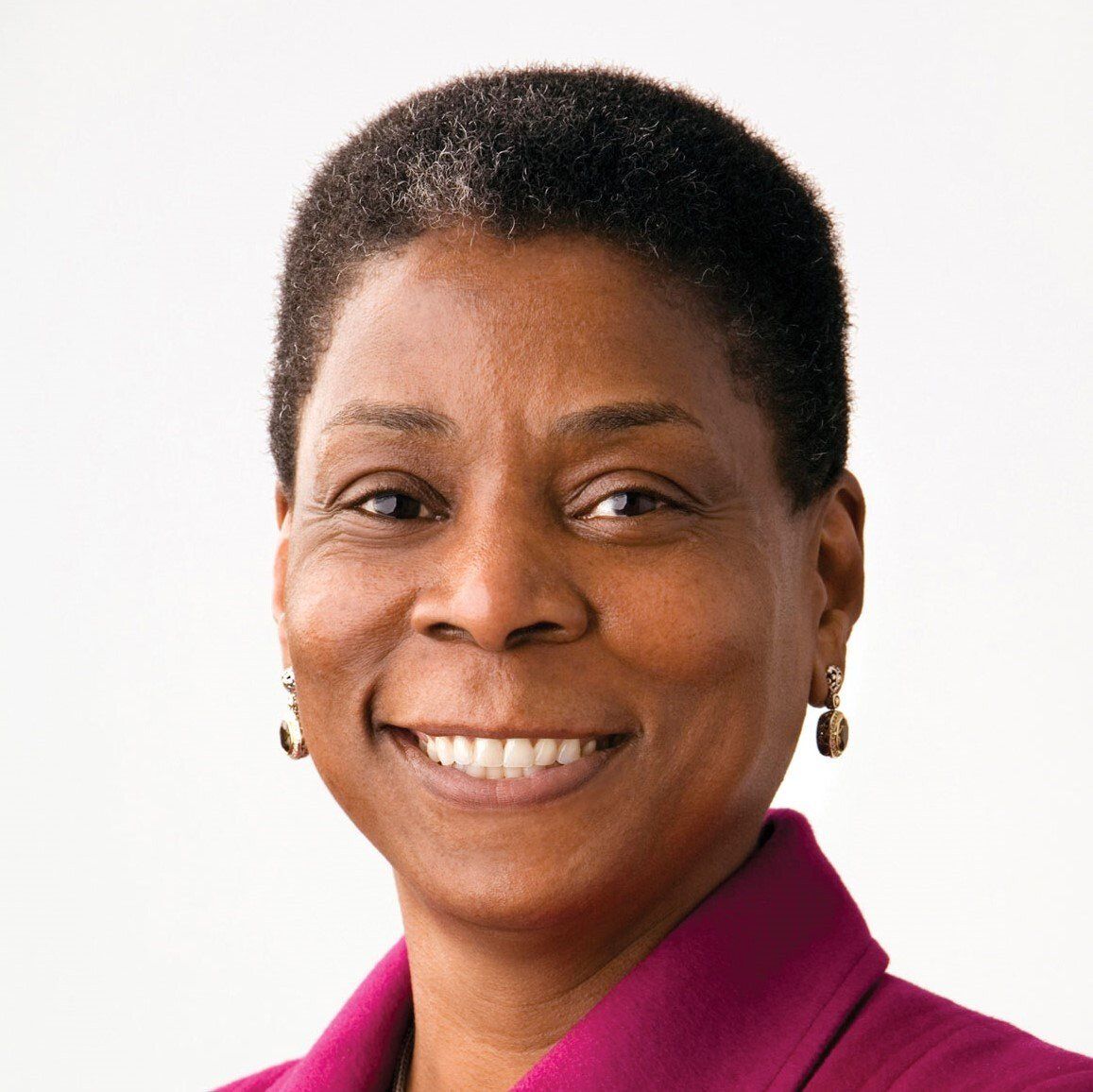
Ursula Burns
Ursula Burns, a mechanical engineer who became the first Black woman CEO to lead a Fortune 500 company.
Ursula graduated from the Polytechnic Institute of New York University in Brooklyn with a mechanical engineering before pursuing a master’s degree in the same field from Columbia University.
Ursula Burns began her career as an engineering intern at Xerox in 1980 through the company’s graduate engineering programme for minorities. A year later, she became a full time employee in role in product development before progressing through various engineering and management roles until 2000 when she became Senior Vice President of Corporate Strategic Services.
In 2007, she was appointed a president of Xerox and just three years became Charman of the board as CEO. During her time as CEO she looked to transform the company and led the largest acquisition in Xerox history, the $6.4 billion purchase of Affiliated Computer Services. In 2016, she began the process of successfully seperating the company’s service holding into the independent venture Conduent.
During this time Ursula held a number of other appointments including being selected by President Barack Obama lead the White House national program on Science, Technology, Engineering and Math (STEM) from 2009 to 2016.
